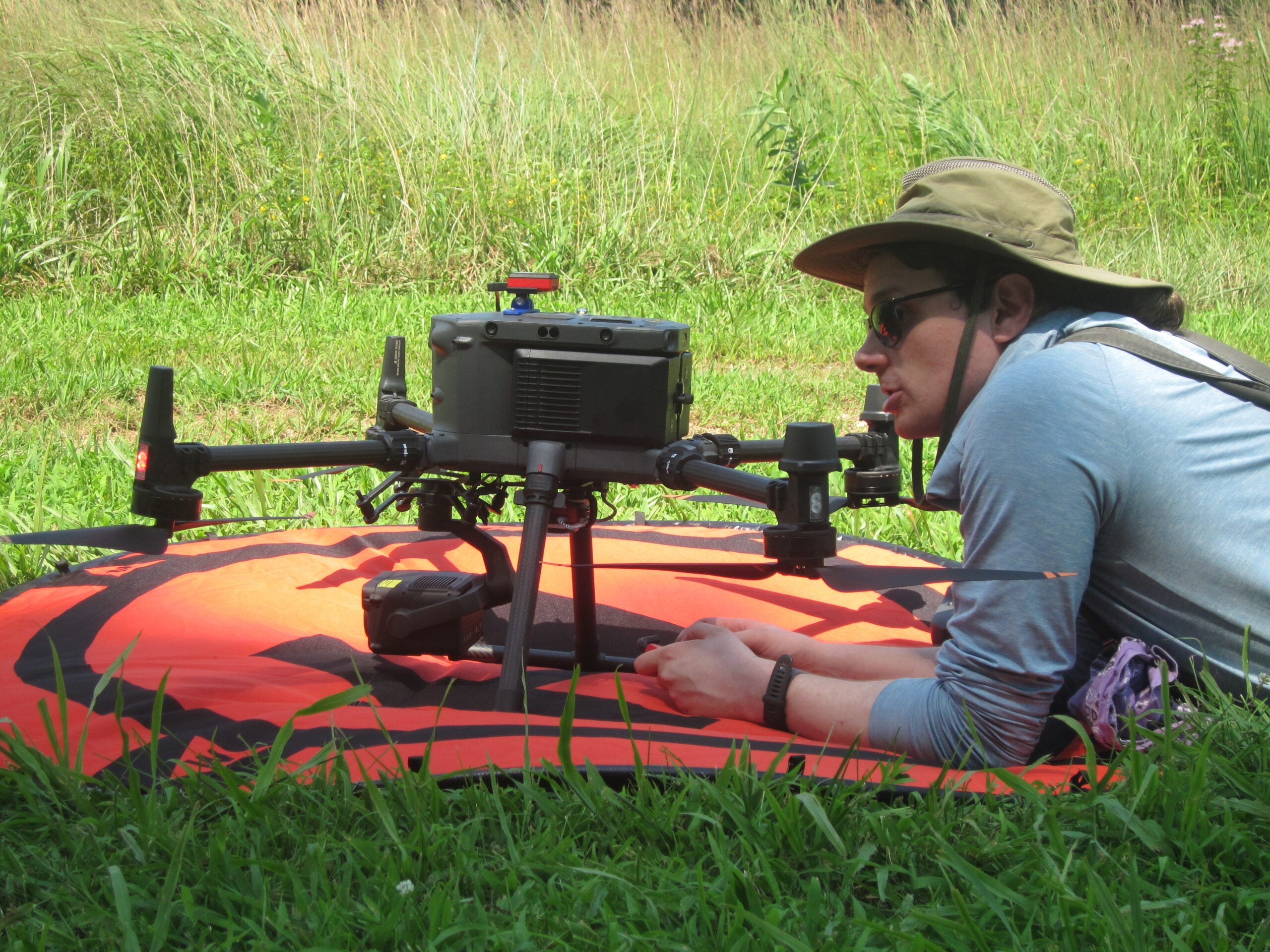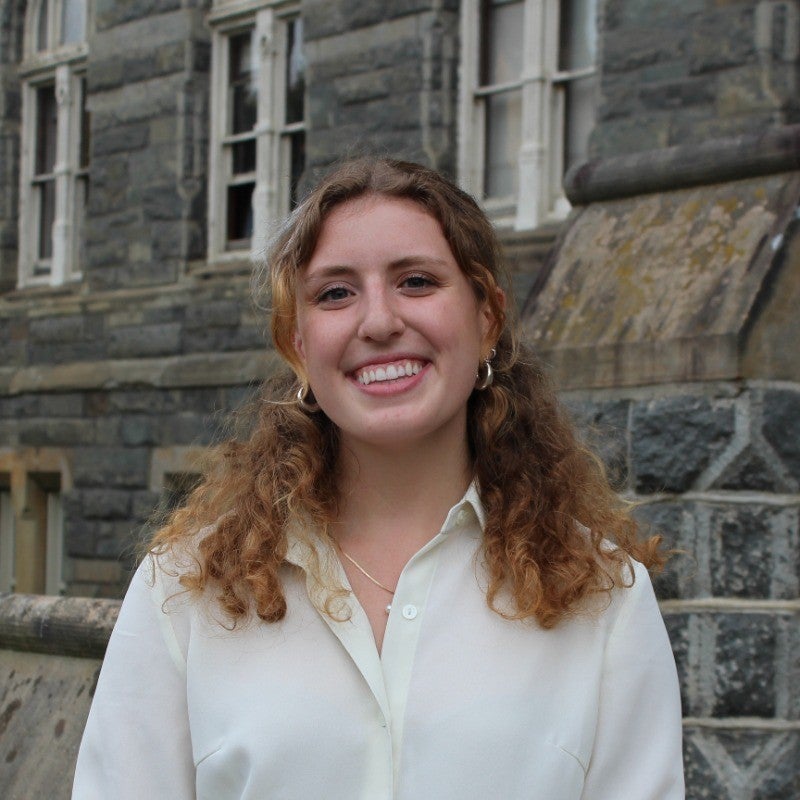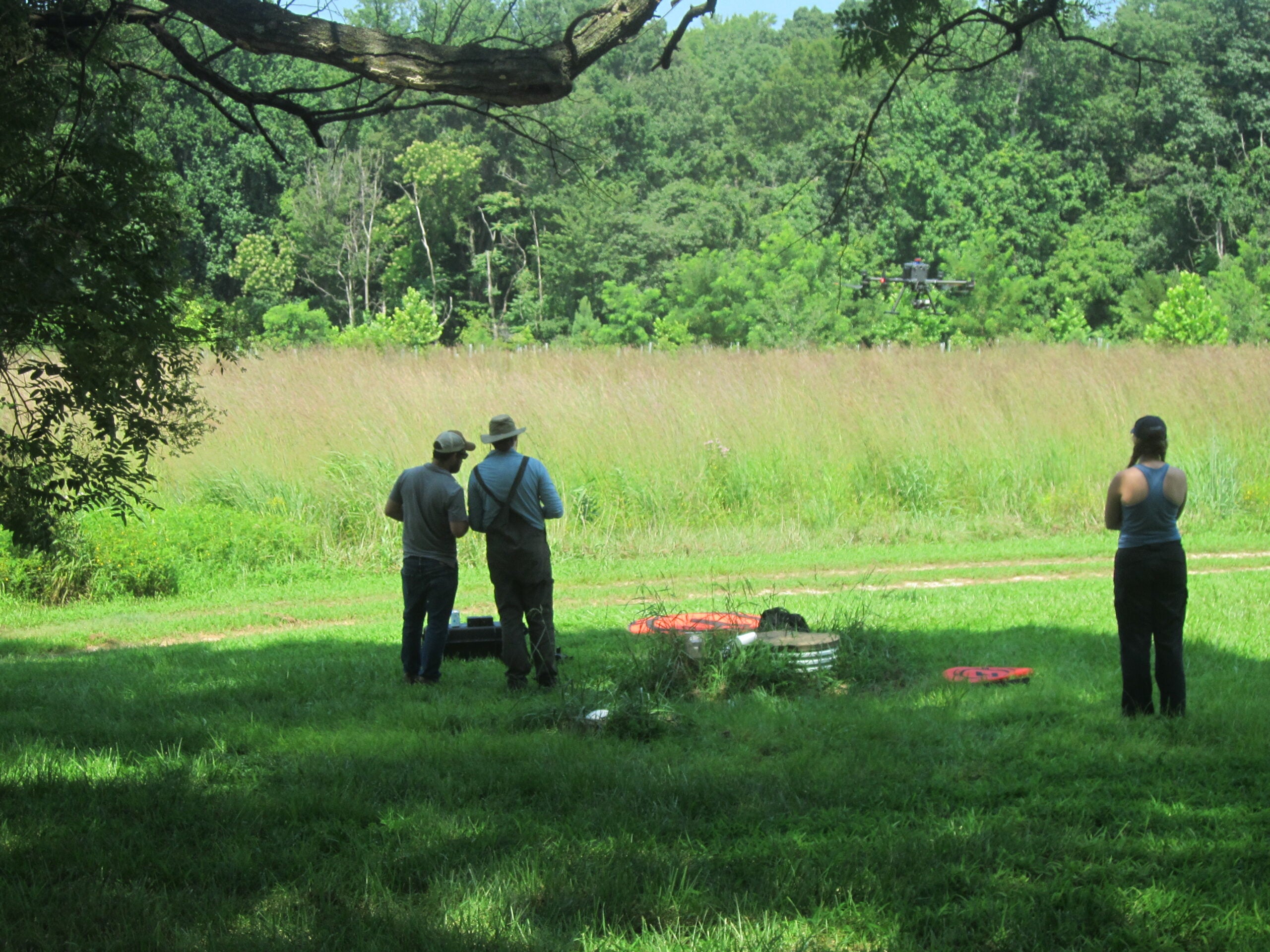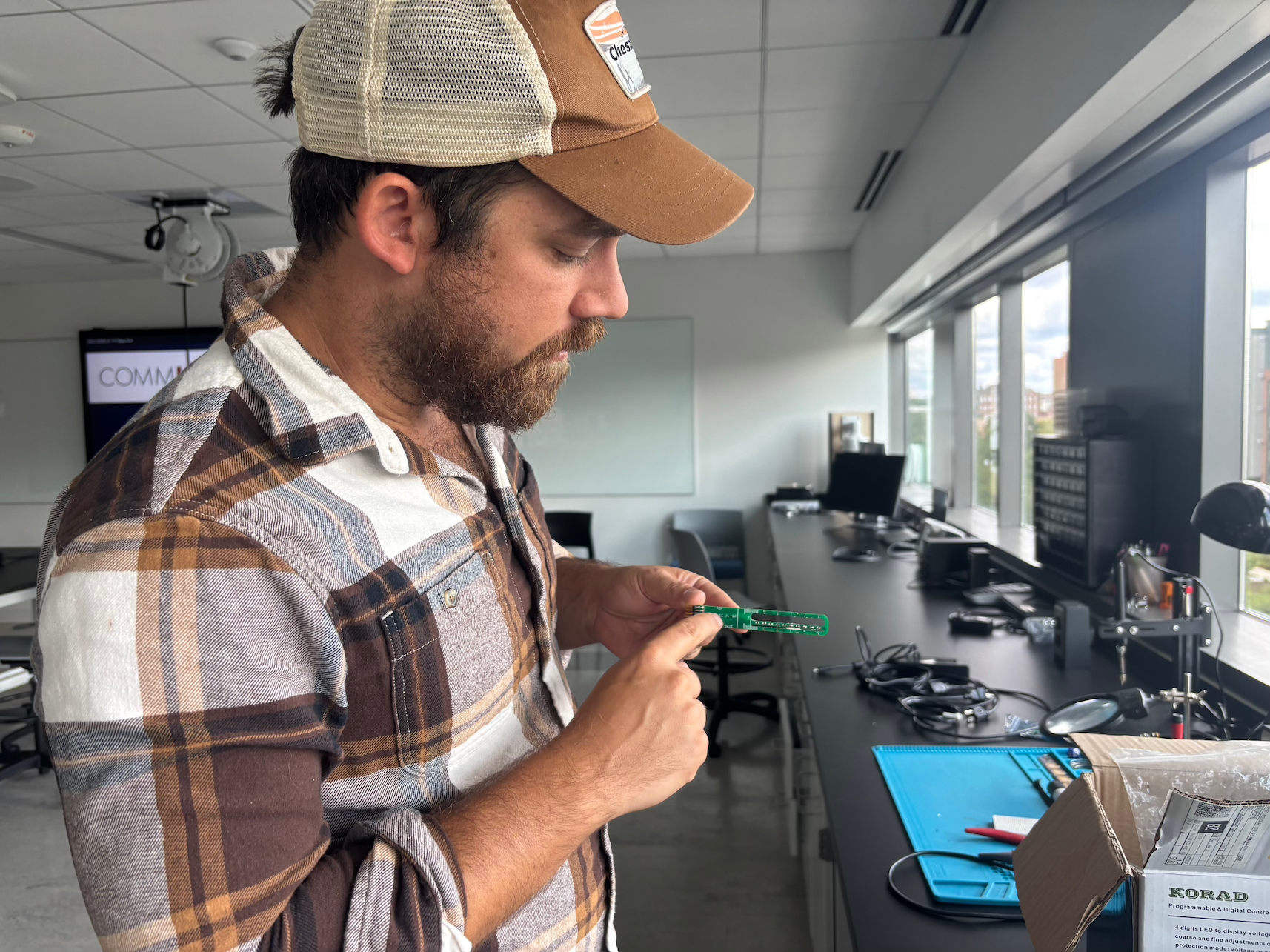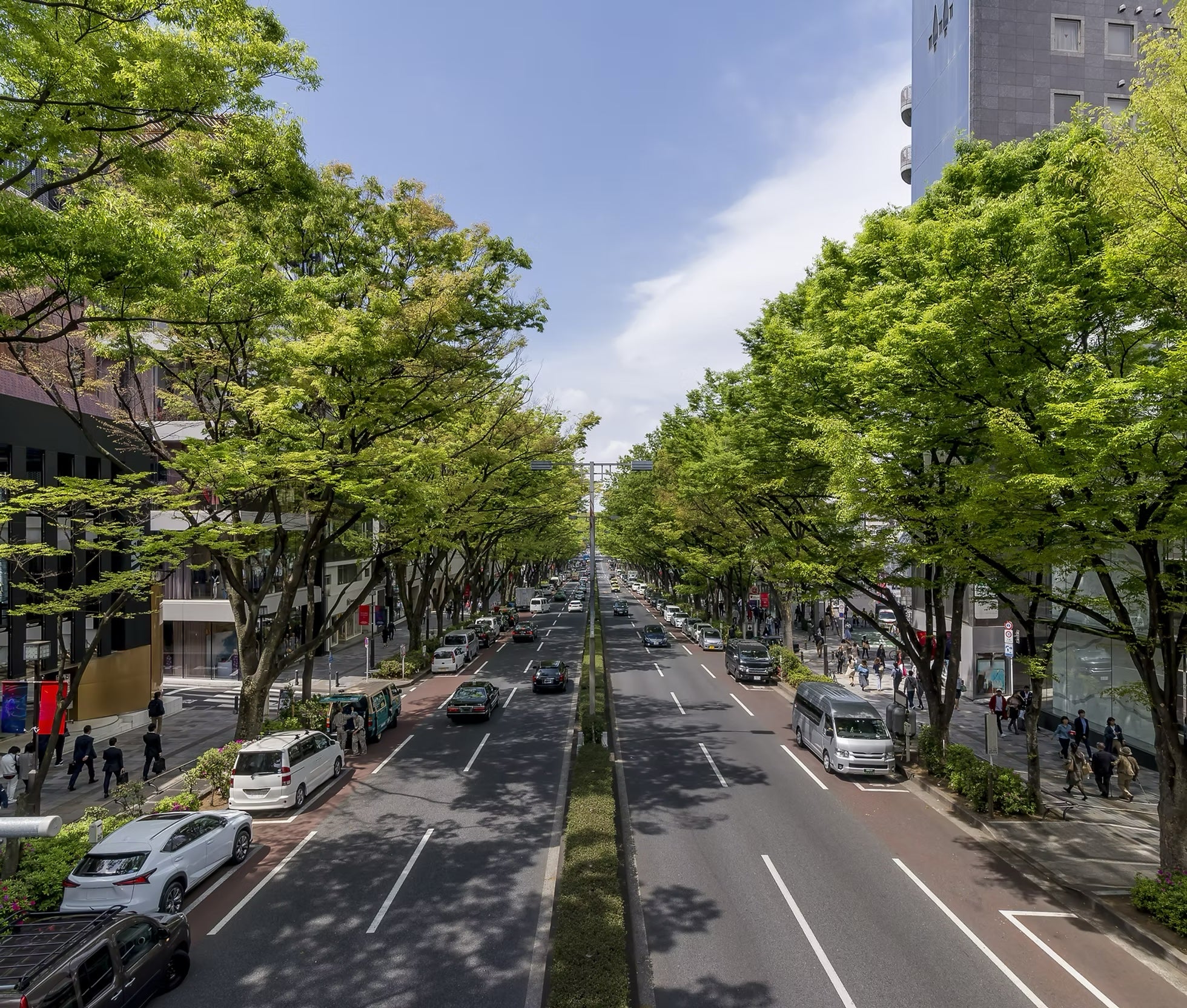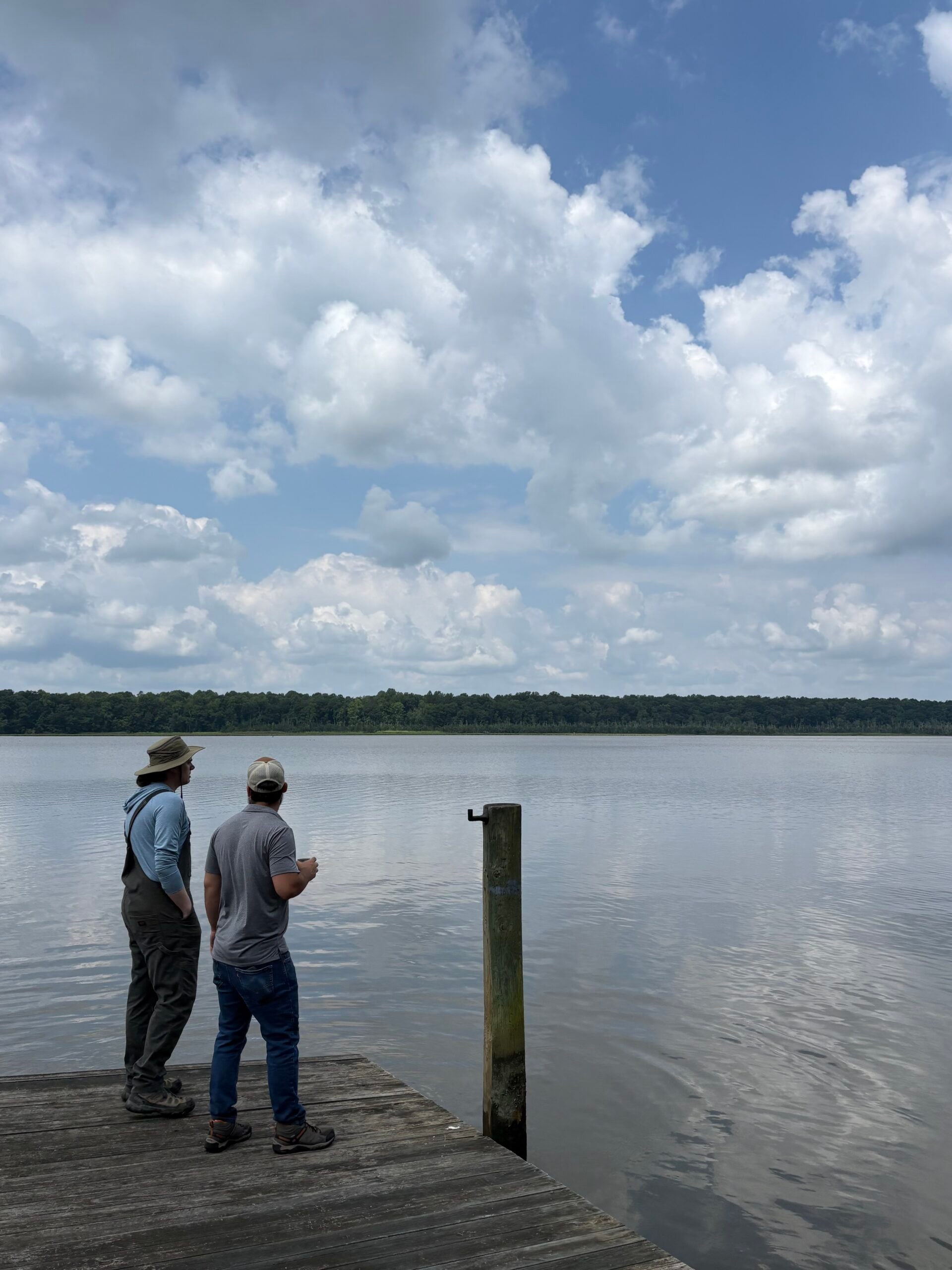Atmos Jones Lab
The Atmos Jones Lab creates innovative ways to monitor and measure greenhouse gases in our atmosphere. Dr. Taylor Jones designs original ecological sensors to better understand urban vegetation and its effects on the atmosphere. By combining both the small scale of a single tree and large-scale remote sensing techniques, the lab is able to monitor greenhouse gases at a more granular level. Their work aims to help policymakers and stakeholders better understand carbon emissions.
Disciplines
Ecological monitoring
Creating low-cost sensors to monitor trees and the environment, including the carbon and water cycle
Atmospheric carbon tracking
Using satellite data to measure carbon and SIF in the atmosphere
Urban Ecosystems
Monitoring urban trees and their effect on the surrounding environment
Impact areas
Our team
Assistant Professor
Assistant Professor, the Earth Commons
Postdoctoral fellow
Emma Lindbergh
Research Assistant
Anna Han
Research Assistant
Projects
OCO-2 and Solar Induced Fluorescence
The Orbiting Carbon Observatory-2 (OCO-2) is capable of measuring Solar-Induced chlorophyll Fluorescence (SIF). SIF helps us understand terrestrial photosynthesis which furthers our understanding of carbon dioxide in our atmosphere.
Ribbonized Sap Flow Sensor
The Ribbonized Sap Flow (RSF) sensor is a novel design for measuring sap flow in trees. It is designed to be low-cost, easy to deploy, and capable of long-term monitoring of tree water use.
Urban Tree Ecophysiology Network
Collecting data from a sugar maple (Acer saccharum) located on Georgetown’s campus in Washington, D.C. This tree is part of the Urban Trees Ecophysiology Network (UTEN), a network of researchers aiming to understand the urban trees response to climate change. The data is collected using a variety of sensors.
Contact & Publications
Questions for the Jones Lab, or interested to learn more about their scholarship? Explore more.



